Sitting at my desk, I feel completely uninspired with an inability to truly focus and complete projects. Writing has been much more difficult since I moved from the other side of the room, which lead me to consider what has created the immense difference—the divide in my concentration. In my search, I recognized that my previous desk position was better for creative flow. Before the move, I was closer to facing the door, which is crucial when doing creative work so that the artist can see who enters the room as well as embrace new opportunities to come through the door. Though my area now is far more serene with a view of the window and my own sense of space, it seems my energy has been drained in addition to my attention span. I began looking into Feng Shui and have since adapted my creative space. Here’s what I learned:
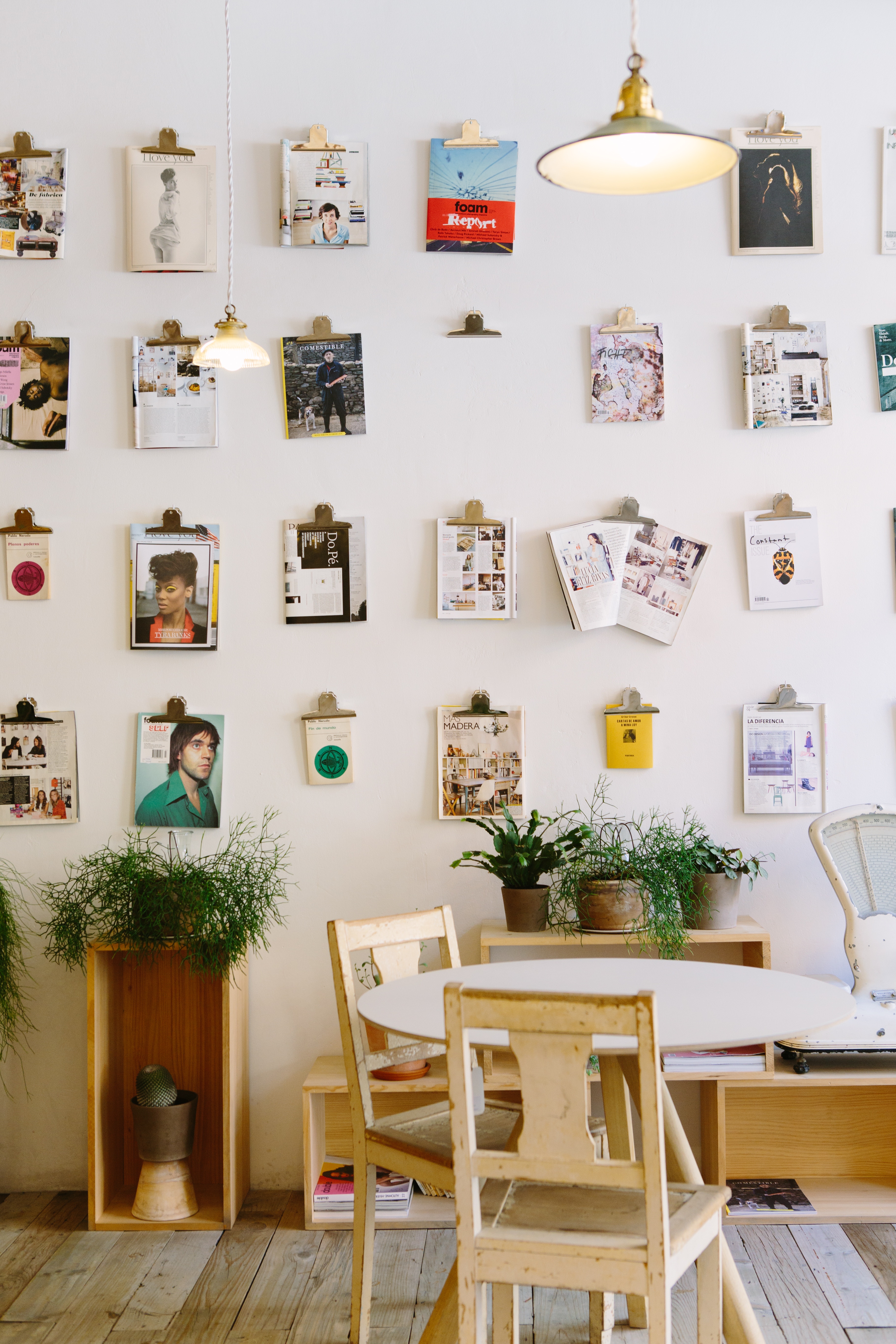
(Jason Briscoe)
Chi?
Though there is no scientific research to back the effectiveness of Feng Shui (only thousands of years of eastern tradition), there is some research that supports the basic principles. For instance, being more organized can increase productivity and time management; and adding natural elements including sunlight, plants and physical movement can enhance happiness, health and productivity.

Joanne Encarnacion of GOFITJO sits in her home office. (Gillian Walsworth)
However, Feng Shui goes far beyond just decorating, as it adds a psychological component. Your creative environment has an immense effect on your mental, emotional, physical and spiritual health. As the daily grind makes up the majority of our time, improving the chi in your workspace benefits work and life.
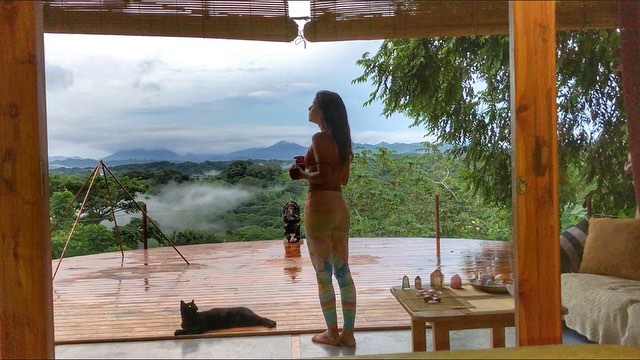
Yoga instructor and holistic healer, Cristina Kalyani, takes in the view from her space in Costa Rica. (Courtesy of @cristinakalyani)
The Ideal Creative Space
The ideal creative working space is one that fosters a specific activity intended for the space. A studio for example should exude a vibrant energy to support the flow of creativity as opposed to a yoga room, which should evoke a sense of calm. The goal is to develop a blend of the two—a space that can balance the two rhythms, as the creative process requires a sense of both in the dreaming/ germination time and the actual manifestation stage.
Two things to focus on are the main energy you want in the space and what activity it is intended for; and what works best for you in terms of requirements of how you need to feel in order to perform well.
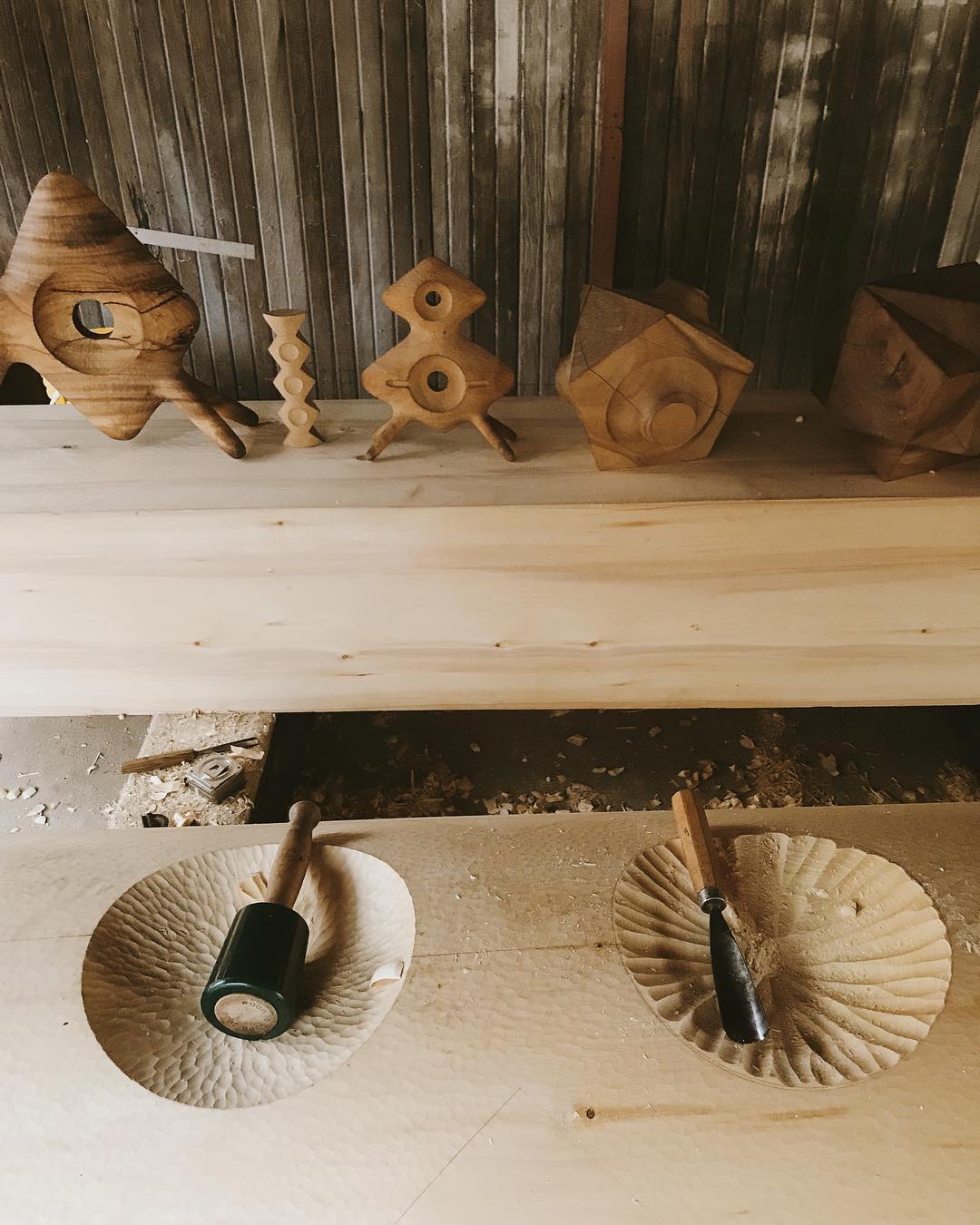
The wood shop of Aleph Geddis. (Via @alephgeddis)
Blueprint
The Bagua Map is a basic Feng Shui tool. As a nine-part grid, it depicts the sections of a space and how they correspond to different areas in life.
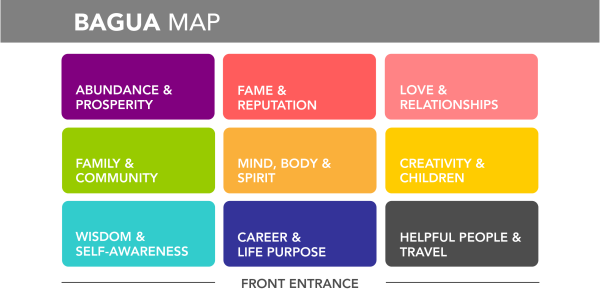 Orientation
Orientation
A person engaged in creative work must always be able to see who comes into the space. As described earlier, your desk should be placed directly opposite the front door, or at least be oriented to face the main door as a “commanding position.” If this cannot be accomplished, place a small mirror on your desk or table to reflect the entrance. According to Feng Shui principles, this arrangement provides protection and symbolizes seeing opportunities as they approach you during your career. Basically, you need to be able to see opportunity in order to seize it.
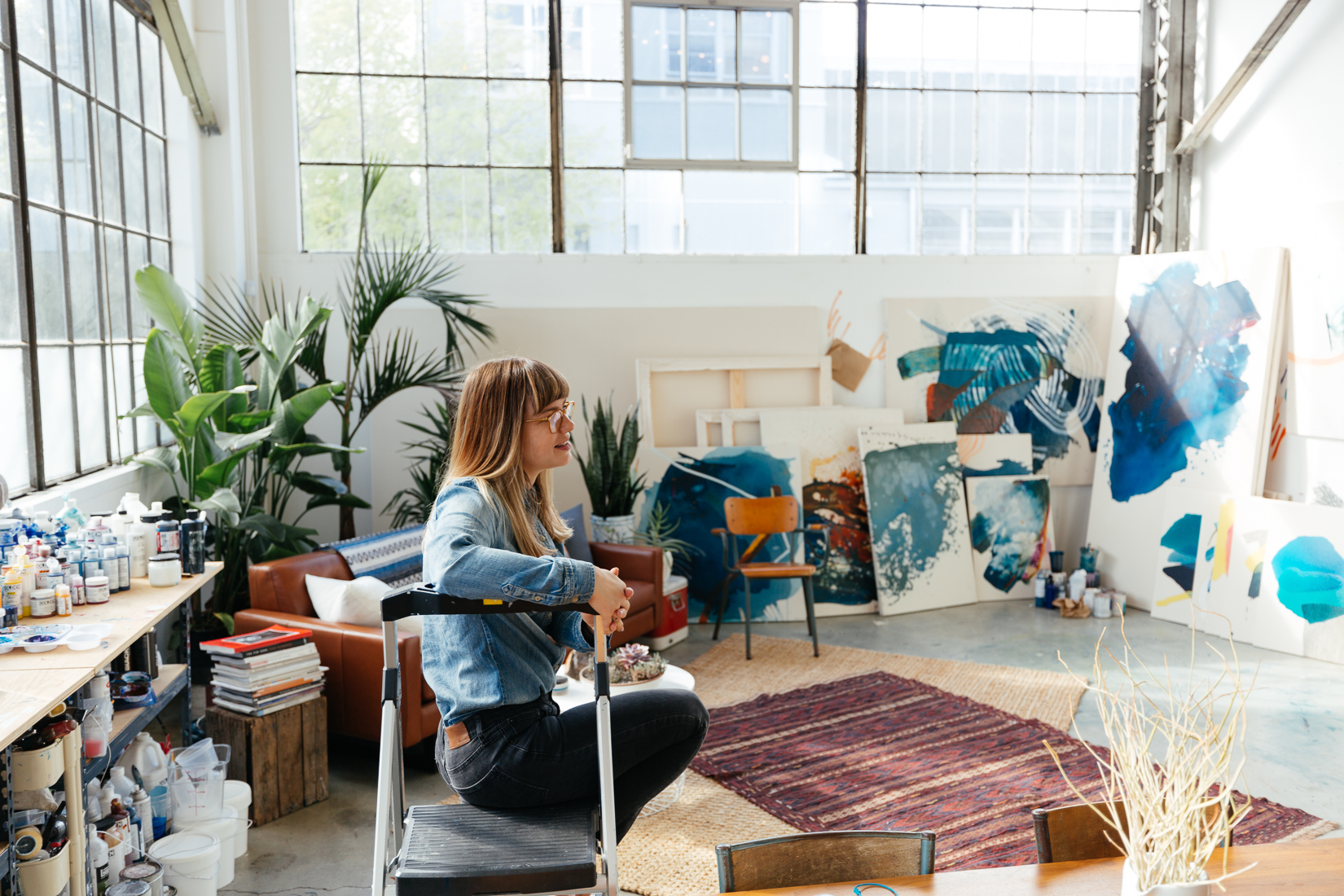
Inside the live/ work space of painter, Heather Day. (Matt O’Brien)
Make Space for Creativity
In Feng Shui, clutter represents anything unresolved, unfinished, tolerated or disorganized. Clear the path and organize tools to boost productivity and allow the creative juices to flow.
Desk for Success
Arranging the elements on your desk can improve positive energy flow. Divided with the Bagua Map, you can select specific areas to focus on for a boost by attracting energy. Each section is associated with a color, and objects in that shade can be used if you have them. Just remember to keep it clean and organized as clutter blocks creativity. At least 50% of the table should be clear at all times. Focus on two to three priorities within the sections.
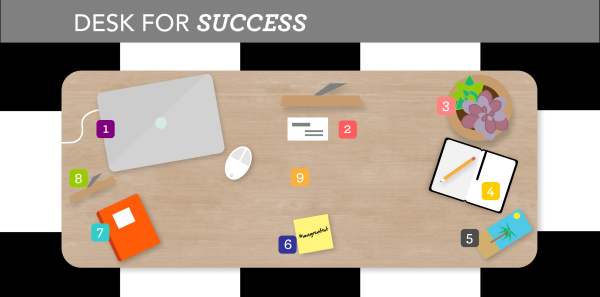
- Wealth and Prosperity: Place either a plant or something of value (if you have more of a brown thumb) in the back left corner to attract money and abundance. This can also be a good place for a computer. Color: Purple
- Fame and Reputation: Place business cards or a nameplate here, or motivational images to highlight individuality and accomplishments. Color: Red
- Love and Relationships: Spruce up your love life by focusing on the back right corner. If you’re coupled up, place a photo of you with your loved one. Single? Put a fresh flower to bring luck and spark romance. Color: Pink
- Creativity: The right center of the grid holds creative power. Add inspiration with something that hones your craft. For instance a writer can place a journal or a notebook, while an artist can use a sketchbook, a welder can use a metal object, and so on. Color: White, silver, gold, copper
- Helpful People and Travel: Need a hand or some adventure? The front right section attracts help from others as well as travel inspiration. This is a great place for a phone or a photo of a dream vacation spot. Color: Gray
- Career: The career space stands front and center. This spot needs to be remain free of clutter but is a great place for a positive affirmation or motivational quote. Color: Black
- Knowledge and Wisdom: Learning something new or striving for ultimate wisdom? Place something in the front left corner of your desk such as a reference book, what you’re studying, or a piece of a new material you’re working with to drive energy to that area. Color: Blue
- Family: Though cliché, a family photo fits in the left center of the desk for family bonding. Use a wood frame to enhance the energy flow. Color: Green
- Health: Promote health while you work by keeping the center of your desk clutter free to attract good energy. Also, take short breaks to maintain focus and reduce stress. Color: Yellow
![]()
Prosperity
In Feng Shui, there is only intentional placement. For those creating tangible art, your work should be seen as soon as people come in. New work should be hung floor to ceiling in the entrance of the workspace to invite prosperity.

Miart
Purge
In line with reducing clutter, things that are not in use, including artwork that is no longer relevant should be purged. This is a chance to offer work as rewards for support, or as a donation to community causes. Artists should feel lighter afterwards while increasing their standing within the community.
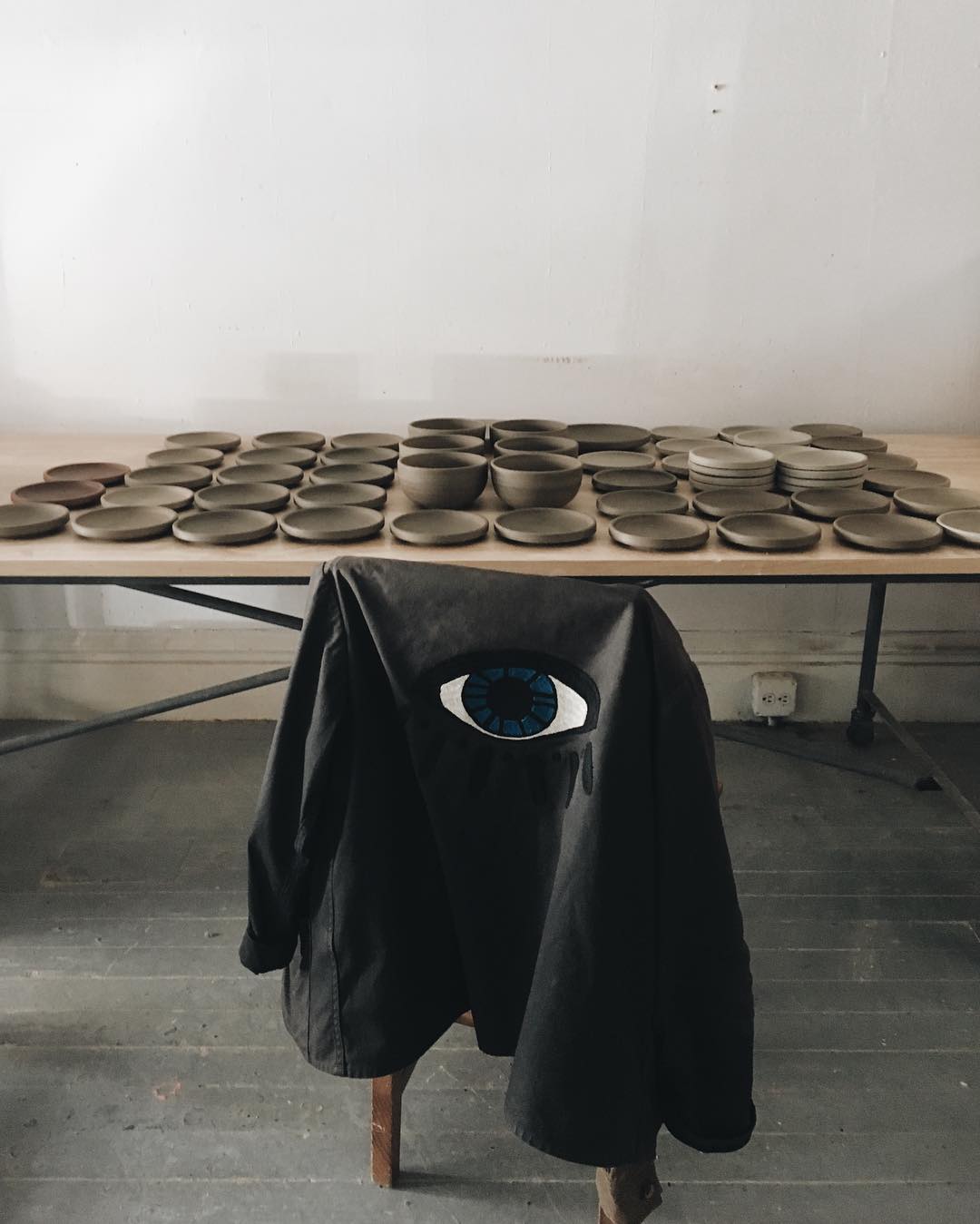
The pottery studio of Sam Lee. (Via @samleehello)
Basic Feng Shui Tips
To draw the best energy for a creative studio, the following points are a few factors to start with:
- Incorporate natural elements such as plants, natural light, collected stones, etc. Have elements from nature (plants, natural light, rocks from the beach, etc.)
- Use strong blocks of movement and color with art, music, or even a small fountain.
- Display successful projects or representations of them.
- Organize necessary tools and have ones that are used daily within reach.
- Set a “no-rules” area that can be as big or small as your space allows. Here, there are no restrictions, aside for regular cleaning and revision rituals, be it daily, weekly or monthly.
As a writer
Most of my time is spent writing (surprising), editing, designing sites, collaborating with other creatives and partners, and coming up with fresh ideas to promote and reach out to generate awareness. Thus, I require clean spaces as a blank canvas for the beginner’s mind. This stands as the backbone. The second facet includes textures, colors and moods. I have an array of framed art clustered on the wall and a couple inspirational pieces to turn my attention to when I need a visual break from my screen. However, my desk remains clean and I have a clear system of organization. Everything has its own place and necessary tools that I use on a daily basis are within reach.
I’d been working from two tables, taking apart my large corner desk. I have since transitioned to one, tossed everything I don’t need, and purchased a small cabinet to place all of my pens, notepads, etc. Since getting rid of the clutter and creating a “home” for everything, I have felt a clearer current running through my area with waves of productivity and streams of stimulus.

(Christin Hume)
The Takeaway
As a way of creating balance, Feng Shui stands as a visual reminder of areas you value or want to improve. It’s a matter of perspective.
“[Ch’i] is always present in every building and location, sometimes flowing gently, sometimes swirling dangerously and sometimes simply stagnant. Harnessing this energy and optimizing its effect is always the goal in any situation where Feng Shui is applied.” -Cherry Jeffs, suite101.com.
Feature photo: Aleksandra Zee’s wood studio in Oakland via @aleksandrazee

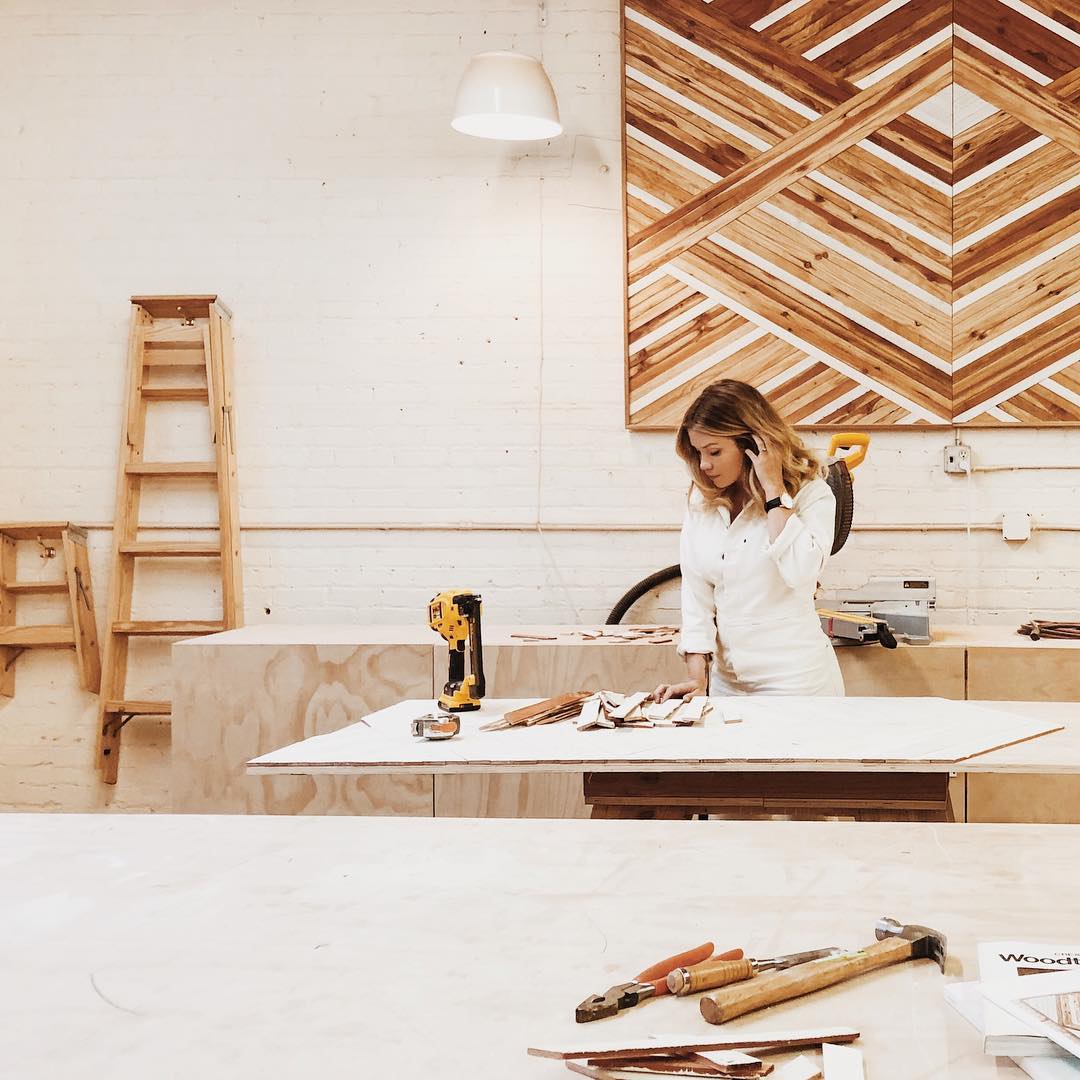





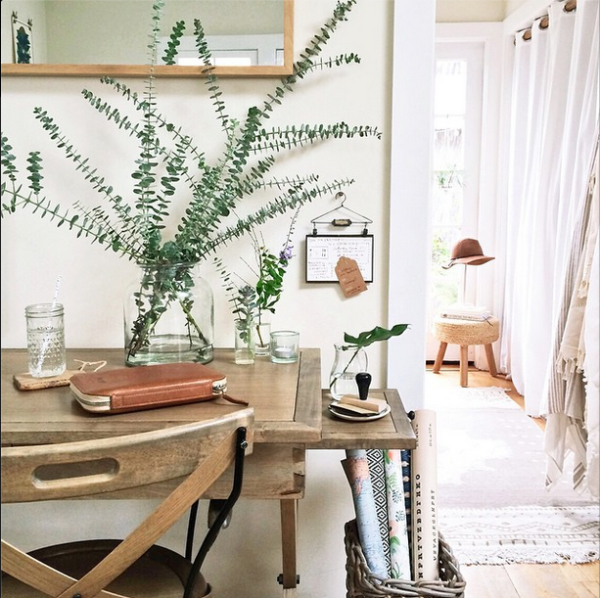
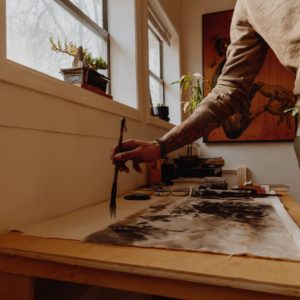


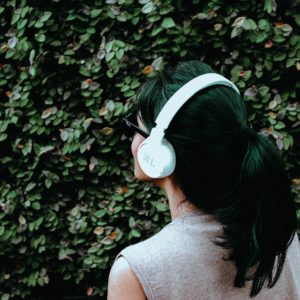
Leave a reply